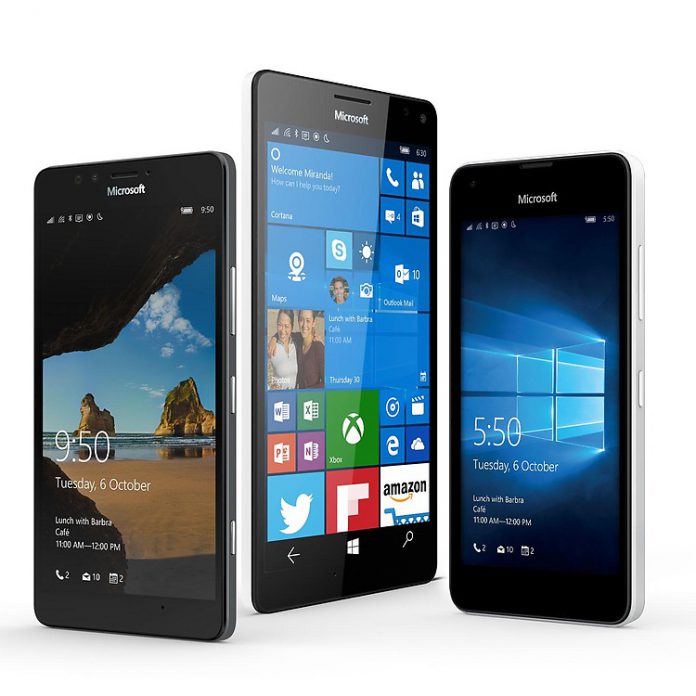It is worth noting that Gartner only discusses devices that were sold through the set period. In this case, it’s the fourth quarter of 2016, including the holiday season. So, the decline of Windows Phone over the quarter is not necessarily the platform’s market share overall. Gartner reports that out of all devices sold during Q4, only 0.3% of those units were Windows Phone. While Microsoft’s OS may have a bigger market share overall, this is probably an accurate representation of the challenge the company faces. Year-on-year, the platform has declined from 1.1% during the fourth quarter of 2015. One of the more worrying aspects is that this data was taken over the Holiday Season. This is the period that includes Thanksgiving and Christmas, a time when device sales soar. Expect Windows Phone to fall further during Q1 2017. Android is typically the most popular OS, running on 81.7% of all devices sold. Google’s platform was one 352.66 million devices that sold over the three-month period ending Dec. 31, 2016. Apple’s iOS increased slightly in second place with 17.9%. However, the company sold more devices than any other brand, with just over 77 million iPhones sold.
Windows Phone Decline
Instead of looking up to Android and Apple, Microsoft should instead be looking down to BlackBerry. The Canadian company was once atop the smartphone heap. Some catastrophic market decisions have seen the BlackBerry OS decline to being almost dead. During Q4 2016 the company sold just 200,000 devices. Yes, BlackBerry was heavily reliant on mobile. Microsoft has plenty more businesses and ones that are more important, so the company itself is not in threat, like BlackBerry has been. However, it is increasingly looking like Windows Phone as a platform is in real danger. Microsoft continues to insist it will support the platform for the long game. With market position slipping each quarter, many will ask why the company is even bothering.




